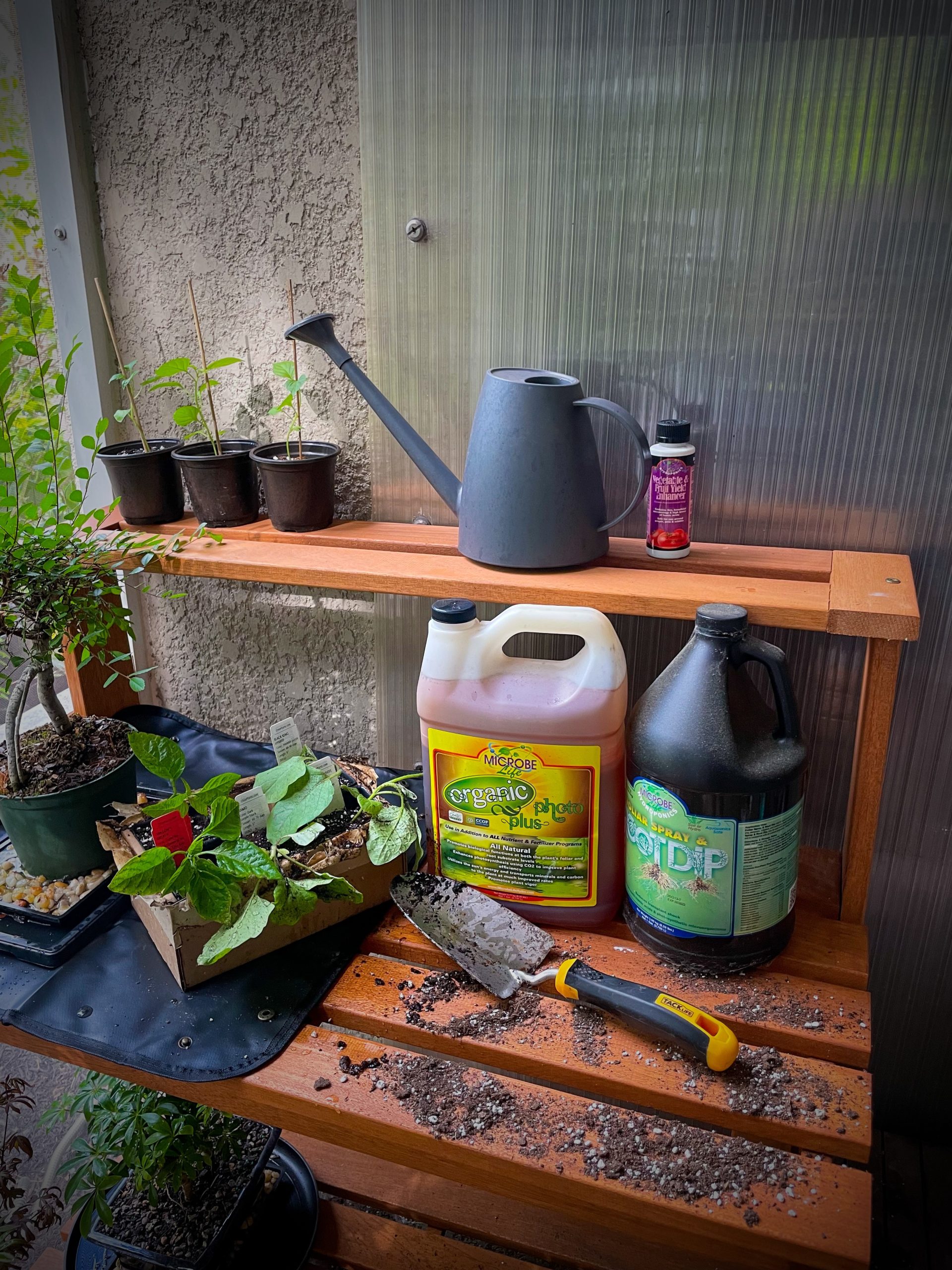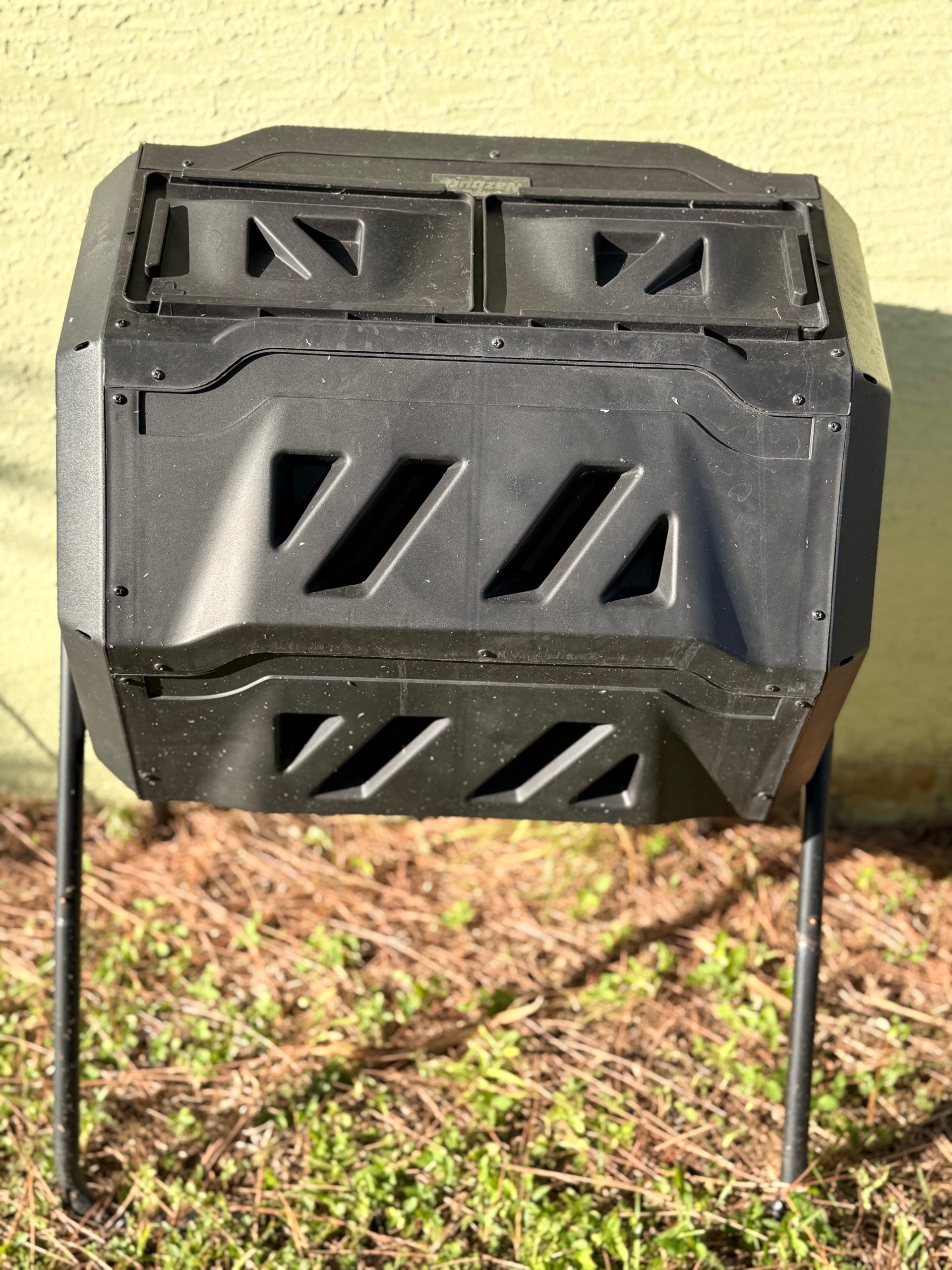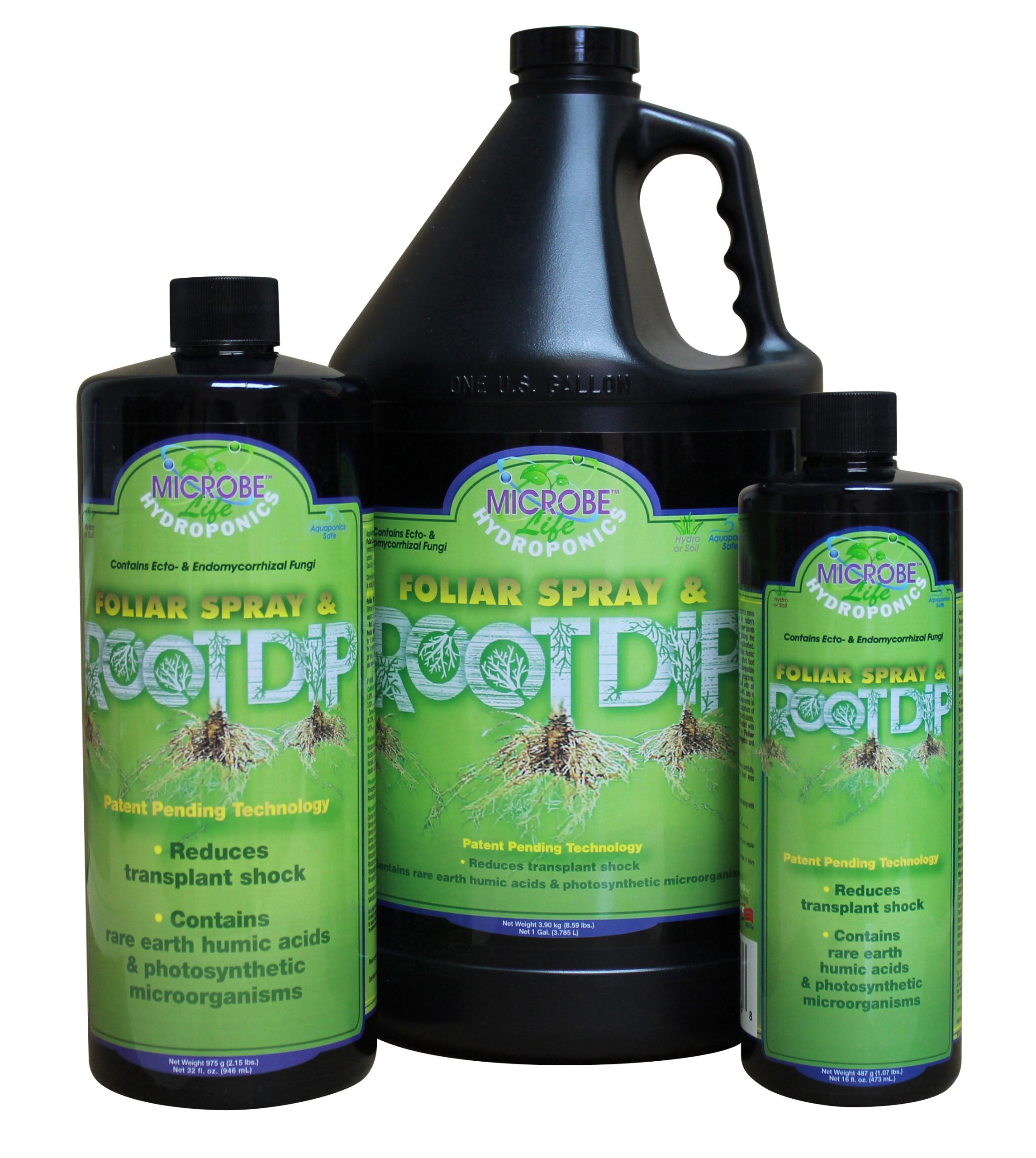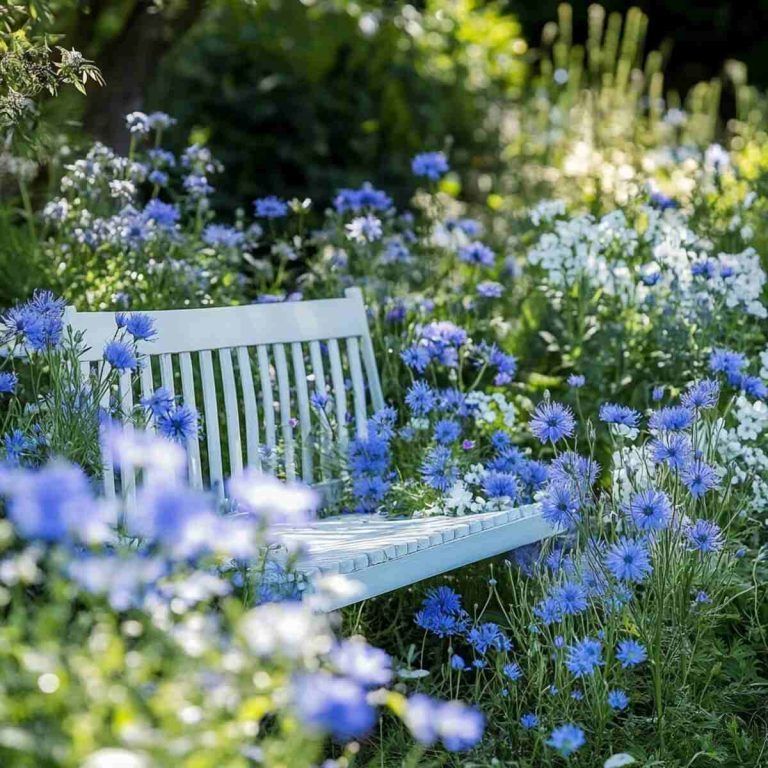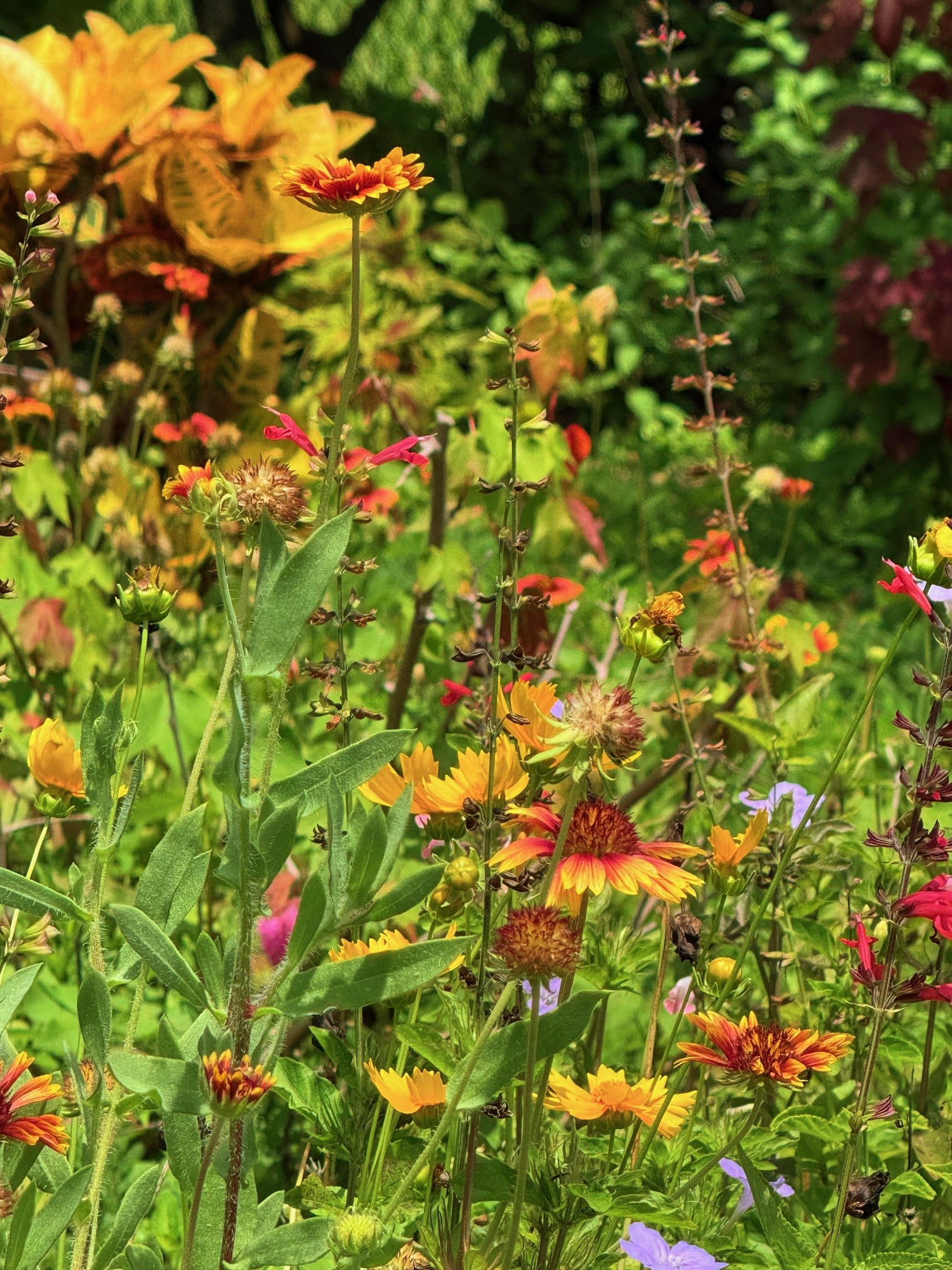What to do in the garden in February–is this some kind of a joke? Here’s a thing I like to do in February: sit by the fire and look at the garden through a window.
However. If you (or I) can find the motivation to throw on a coat, a hat, gloves, a heavy woolen scarf, thick socks, boots, and lip balm–this is what I might wear to brave the chilly weather in Northern California; if you live in New England or Colorado, you might want to add a layer of thermal underwear and a second coat–we will be well rewarded for our efforts in springtime.
If you live in a warmer climate, your to-do list for February garden chores will be different from what you can accomplish in colder regions. (For instance, in my USDA zone 10a garden, where the ground does not freeze, I can weed even in cold months. In winter, before weeds spread, is an ideal time to get rid of them.)
Add: trellises and arbors. It is time to prepare for your vine crops now or simply add interest to the garden.
Consider: composting; Compost is decayed organic matter that you add to soil to improve fertility and structure. If you add compost to a sandy loam soil you’ll still have a sandy loam soil. It will, however, alter the soil composition by increasing the soil’s organic content & altering both the water and air carrying capacity of the soil. Adding compost to a sandy soil will help it retain water, while adding it to clay soil will improve drainage and allow air into the soil.
Divide: large clumps of snowdrops and winter aconites, and other plants that began to exceed their size.
Grasses: cut back the grasses, especially deciduous ornamentals, before fresh shoots appear. Cut them into low mounds. Cutting them back helps to stop the spread of seeds.
Make your own mulch: from sticks, leaves and branches as you clean up the property. Waste not, want not. Mulch is any material that you spread over exposed soil in order to suppress weeds, improve water retention, stabilize soil temperatures, and/or improve aesthetics. There are tradeoffs between each of those functions, and different mulching materials excel in different ways. It can also be stones and landscape cloth.
Plant: summer flowering bulbs. Many spring bulbs need a cold period before they bloom. Beware of the squirrels. If you have many in your area, bury the bulbs deeply under mulch. February is also the best time to plant shrubs. This will give them time to acclimate before the heat of summer arrives.
Plant: cool season lawns such as tall and dwarf fescue now.
Prune back: berry bushes to maintain productive framework. Trim and shape grapes to get them ready for the growing season.
Start: summer vegetables indoors, but order and start your seeds now. If you have been saving seeds, organize your seed packets by seed starting date, and check to make sure your seeds are still viable.
Trees: No matter where you live, what the weather, February would be a good time to clean and sharpen Pruners and other garden tools. However, if, toward the end of the month, the weather works in your favor, this is the best time to do your pruning of fruit trees. In fact, it is the best time of the year to prune any trees on the property. Week or diseased limbs should be removed, and the canopy should be thinned to allow air movement and light to reach inner leaves. March winds can wreak havoc on weak trees. Support young saplings.
Update and clean: garden beds and container gardens, in preparation for planting. To clean crusty clay pots, add one cup each of white vinegar and household bleach (use ½ as much concentrated bleach) to a gallon of warm water and soak the pots. For heavily crusted pots, scrub with a steel wool pad after soaking for 12 hours… Rake the garden beds now while the soil is soft and pliable.
Repair and paint: (or replace) window boxes, lawn furniture, tools, and other items you use when gardening.
SPRAY: Watch weather conditions for an appropriate window of time to spray fruit trees, roses, and large deciduous trees with dormant oil.
Line up hired help, if necessary, to handle spring garden chores. Landscape workers are busiest during this season and can get booked out quickly. Thanks to Cheryl Spencer for her online input. Cheryl Spencer, Certified Gardener

